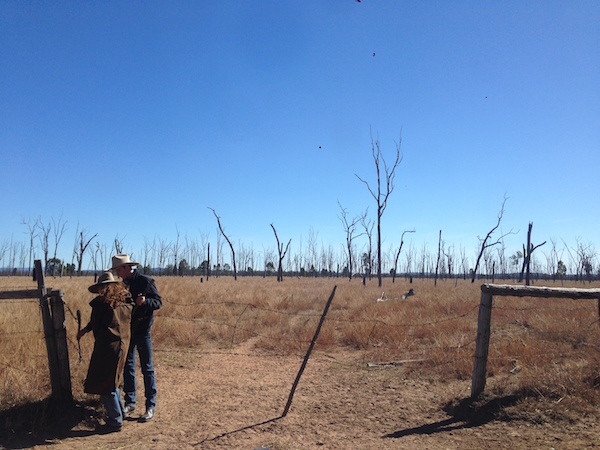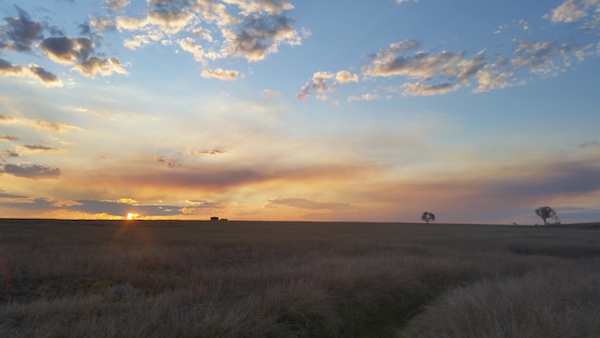What comes with the lifestyle . . .
Host: Wooroona Grazing Co.
Written by Claire Dunne – Owner, Wooroona Grazing Co.
I’ve worked across three different countries (Australia, Canada, and New Zealand) on sheep farms, cropping enterprises, dairy farms, flower farms and cattle operations, and I wanted to put together a few bits and pieces from people I’ve worked with – I call it the “universal” laws for country and rural enterprises.
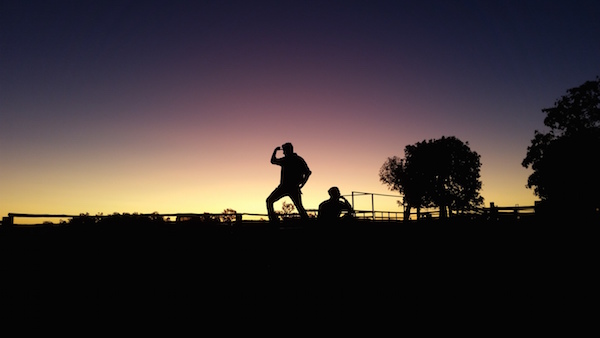 Larking about under the stars while feeding the weaners.
Larking about under the stars while feeding the weaners.
The amusing aspects . . .
Hand Signals — Hand signals for tractor directing are not universal . . . and this can cause tractor rage. Someone signalling frantically in the same motion repeatedly will not make you understand or interpret any faster what they would like to get across. Tempers may flare. The tractor driver may possibly win.
Bush Etiquette — If you’re a passenger in any vehicle . . . congratulations you’re the designated gate opener! Don’t walk slowly to open the gates – look lively. Only a broken leg may excuse you from opening and shutting gates and even that is pushing it!
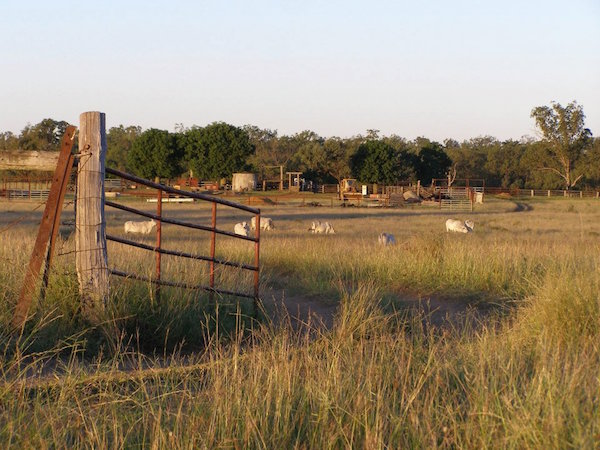
Mud Maps — Mud maps are maps of paddocks, laneways, roads, and any other sort of directions, literally drawn in dirt. The drawer will always understand what you are both looking at much better than the map-reader. Most likely none of it will be to scale. Confusion and head scratching while figuring out what you’re looking at is a likely outcome.
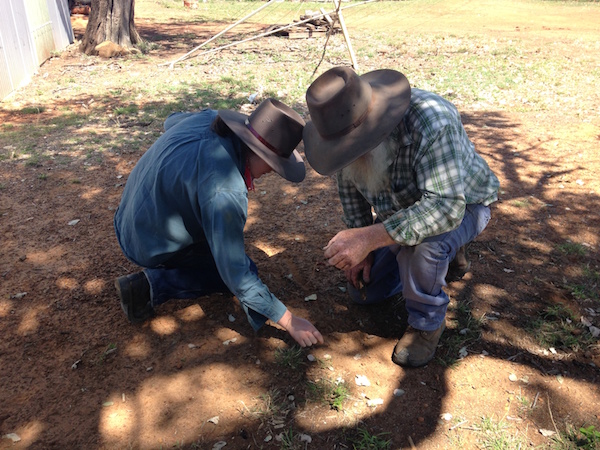
Directions — If you’re heading to unfamiliar territory, directions can be useful . . . and interesting. Landmarks are generally used even if they are not obvious ones. Look out for “burnt logs to turn at” or stop “a few metres past a dead tree” – these may go hand in hand with a mud map (see above).
What can go wrong will go wrong. Most are errors you only do once and once is enough. Not too much harm ever comes of these errors and it’s best to make light of these situations. A few I have experienced (and mainly been the culprit of).
The muster — Setting traps for the muster only to come back two days later with no cattle to show for your efforts. Maybe those wiley Brahman cattle learned to untie traps . . . or maybe you left one open.
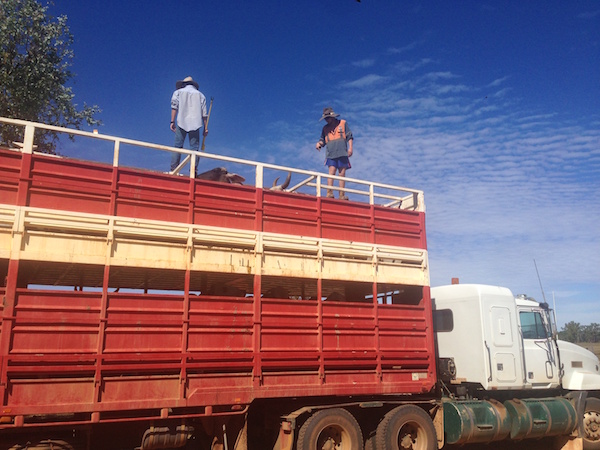
Gates — Opening, or sometimes not opening gates. Working a mob in the dust and heat and wondering what is holding them up? Why aren’t they moving? Did you open that gate? No . . . ahh THAT gate – this scenario is definitely not limited to Australia!
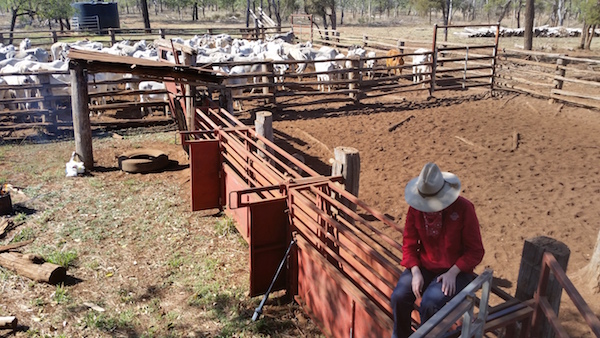
On a more serious note, working and living on a cattle property is pretty cool. You can challenge yourself as much as you want to. And I would always recommend having a go at something you’re unsure about. There’s usually always something you can learn to drive or operate that seems foreign or scary at first. I’ve added dozers, cattle trucks, and a plane to my list of vehicles to have a go at operating.
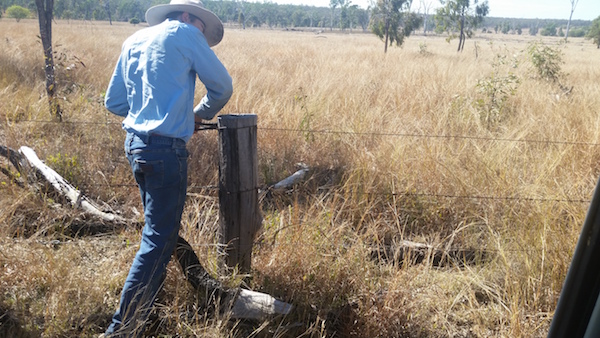
The Mentors — If you’re living or working on a cattle station you should be constantly learning from others – even if it’s what not to do. All generations will have some piece of wisdom to pass on, ask questions, and learn with your eyes.
